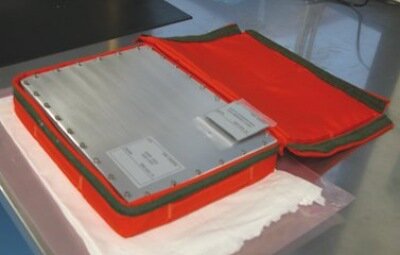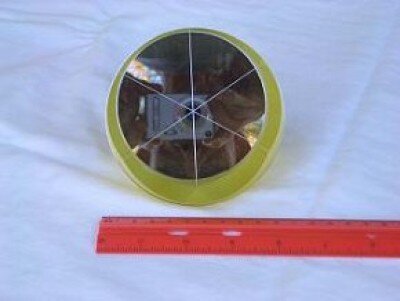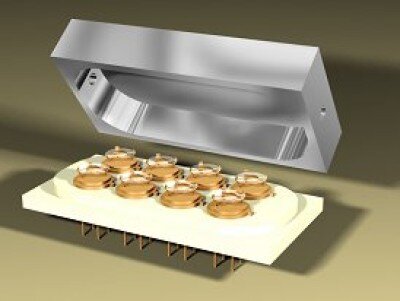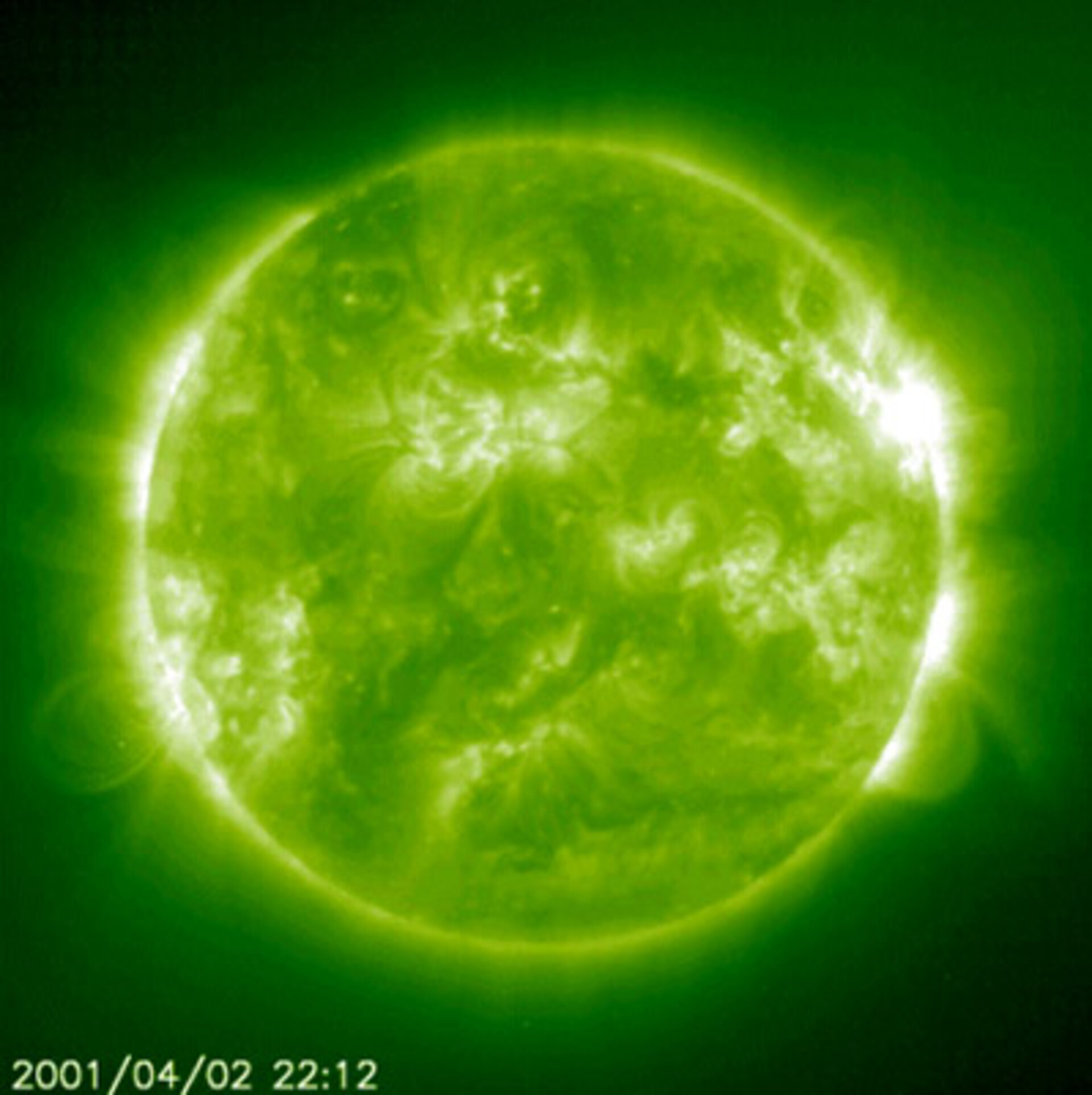Technology demonstrations
LAZIO
A detailed study and understanding of the radiation environment in space and its effects on human physiology has a growing importance with current work on the International Space Station (ISS) and of a future mission to Mars.
The objectives of the LAZIO experiment are:
To detect and identify cosmic rays with high precision tracking capability.
To determine the relation of cosmic rays to the so-called Light Flash phenomenon in astronauts. Light Flashes consist of unexpected visual phenomena caused by the interaction of cosmic rays with the eyes of the astronaut.
To study the effect of different shielding materials in reducing the radiation environment.
- To measure the intensity and the variations of the magnetic field within the ISS, and to correlate this data with the measurements of the particle fluxes. This is related to the high accuracy monitoring of the short time stability of the Van Allen belts, to study the possibility of precursor earthquake related phenomena.
ASIA

The ASIA flight experiment aims to verify the capability of a High Performance Computer Board, equipped with state-of-the-art Central Processing Units (CPUs), to sustain large doses of radiation when exposed to a space environment. The study will evaluate the radiation sensitivity of the computer board after its exposure to the environment in the International Space Station (ISS), by analysing the effects caused by protons, heavy ions and cumulated dose.
The evaluation of radiation effects will only be performed after the return to Earth of the board, by comparing its operability after exposure to space with that recorded before the launch. The final objective of this study is to determine whether or not, depending on how the board is affected by radiation, these computer boards can be used in future generation satellites, providing enhanced performances.
Specular Point-like Quick Reference (SPQR)

The Shuttle Columbia disaster has emphasized the importance of imaging in the detection of exterior damage of manned spacecraft in orbit. As in the case of Columbia, serious damage may not always be readily visible to astronauts from inside their vehicle. Various approaches to this problem are being investigated by NASA and other organizations. However, many of these methods require a number of months (or years) to implement the first set of tests.
This experiment proposes the test of a ground-based imaging system, using special optics and image processing, to determine the feasibility of developing an operational system. In principle, such a system would have a linear resolution on the International Space Station (ISS) of less than 20 cm. While a resolution of 1 cm or better would be ideal, this would be extremely expensive and require a long time to implement.
The SPQR experiment will be based on a Cube Corner Reflector (CCR) that will be fixed close to an ISS window and will reflect a laser beam coming from a ground station. If the test is successful, in the future it will also be possible to use a small inexpensive spherical mirror to provide the point source of light. This will passively reflect the sun, and would provide a bright specular reflection of the sun without any need for power or control of the orientation.
Electronics Space Test
Over the past few years there have been major technical improvements and reduction in size of electronic and microelectronic devices for space applications. These devices are designed to withstand the rigours of launch and the harsh space environment, and radiation resistant devices for space applications can cost up to 1000 times more than similar industrial components.
The Electronics Space Test is a validation of low-cost industrial components kept within a specially developed radiation protective casing. It is a technology demonstrator containing an electronic subsystem, which includes all the element parts of the industrial family chosen. The Electronics Space Test has passed all its ground tests and therefore a demonstration in space is now necessary. The demonstrator, which will fly to the ISS will validate an electronic high density power system, new generation batteries, advanced calculus devices for real-time computing, programmable and re-programmable devices for micro and pico satellite subsystems and different kinds of sensors typically found on-board spacecraft.
A positive outcome to this demonstration will lead to the availability of future low cost “off-the-shelf” components for micro and pico satellites.
Electric Nose Monitoring

An artificial olfactory system (or simply put, an electronic nose) represents an interesting tool for various applications such as food quality control, identification of noxious gases and compounds in industrial sites and biomedicine. This type of system can also be useful as a diagnostic tool for space applications. The device could also be used on board the ISS for the detection of stagnation states, where the air circulation is limited and where carbon dioxide or other gases can be present at high concentration or where mould could grow.
The Electronic Nose Monitoring experiment is based on a very promising tool, which uses a new class of chemical sensors that are designed to provide the overall olfactory profiles of a large number of chemical compounds within a closed environment. The objective of this experiment is to test the technology of this system under weightless conditions and to verify its applicability to space applications.
Heart Beat Monitoring
The Heart Beat Monitoring experiment aims at testing the development of ‘intelligent’ clothing for astronauts, capable of monitoring their vital functions using both wireless and non-wireless devices to allow free movement of astronauts in a closed orbiting environment. Sensors are embedded in a special vest, which is worn by the astronauts. These sensors transfer information directly to a laptop computer using either a wireless or cable connection.
Two protocols will be carried out during the experiment recording data at rest and during exercise. This data will be returned to Earth for analysis. The final objective of this study is developing hardware that allows for heart rate monitoring without having to use any items, which attach to the skin of subjects being tested (i.e. suction pads, sticking plaster, gel).
Food Tray in Space
The objective of the Food Tray in Space experiment is to increase the variety and quality of food available to crews in space, more specifically the International Space Station (ISS). This will be done by identifying new food items (typical, traditional food) from the Italian Lazio region, to be served in a tray-container as a meal on the ISS. FTS will be a demonstration that food items, produced from high quality products, are tasty and nutritious and they do not loose their quality in space flight conditions. As part of this demonstration the astronaut will fill out a questionnaire based on the food tasted. This will be analysed after return to Earth.
GOAL

The aim of the GOAL experiment is to increase astronaut comfort and efficiency by improving the psychological and physiological well being by means of garment wearability, aesthetics, colours, thermal stability and bodily hygiene on board the ISS.
The project is based on the research of new structural materials suited to the peculiarities of the specific ISS environment with the aim of containing human skin inside clothes. Also, peculiar cuts, patterns and colours taking into account the ‘neutral body posture’ adopted by astronauts in weightlessness, will be studied.
The results of this test will help design future garments for longer and more complex missions with crews of different gender, race and size. Spin-offs of the experiment will extend the applications to different fields such as the medical environment.
ENEIDE

ENEIDE is an experiment, which will apply advanced navigation techniques based on the European Geostationary Navigation Overlay Service (EGNOS). EGNOS is Europe’s first venture into satellite navigation and will augment the two military satellite navigation systems now operating, the US GPS and Russian GLONASS systems, making them suitable for safety critical applications such as flying aircraft or navigating ships through narrow channels.
The objective is to measure and verify in Low Earth Orbit, the GPS and EGNOS signals, which will be used in the combined GPS/EGNOS navigation system for spacecraft control and guidance.
The experiment will exploit the EGNOS signals with the use of a spaceborne Global Navigation Satellite System receiver developed by Alenia Spazio in 1999. This will verify the performance of the GPS/EGNOS receiver on board the Soyuz spacecraft and compare results from the combined receiver during different phases of the mission with equivalent data received from the spacecraft and the ISS.


